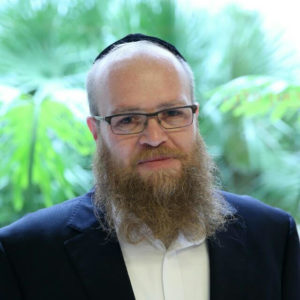Infinite Dividends

Rav Ezra Attiya ztz”l, the Sephardic gadol of Eretz Yisrael raised the status of Sephardic Torah scholarship for a century.

He was the Sephardic gadol of Eretz Yisrael molding a generation whose influence reverberated around the world. But Rav Ezra Attiya was even more — he was the abba to every impoverished bochur who knew the Rav would never turn anyone away. More than four decades after Rav Ezra’s passing his son Rav David Attiya one of Jerusalem’s elder dayanim reveals his father’s secret formula for success
When Rav David Attiya shlita is asked what he most remembers about his father Rav Ezra Attiya ztz”l — one of the greatest Torah teachers in Eretz Yisrael in the last century — he replies without missing a beat “His learning. He didn’t waste a minute. He was always learning Torah.”
For Rav David Attiya 87 a prominent dayan and former member of the Chief Rabbinical Court in Jerusalem who spends his own days poring over seforim that was Rav Ezra’s legacy to his son. But for the thousands of students and disciples he nurtured during the 45 years he served as rosh yeshivah of Yeshivat Porat Yosef until his passing on 19 Iyar 5730 (1970) he was their leader as well as their master educator and the one person who perhaps more than anyone raised up the status of Sephardic Torah scholarship in the last century. Among Rav Attiya’s most famous students were Rav Ovadiah Yosef Rav Mordechai Eliyahu Rav Ben Tzion Abba Shaul Rav Yehuda Tzadka and Rav Yitzchak Kaduri.

Rav David Attiya is a venerable figure in his own right as one of Jerusalem’s elder dayanim. And like his father his short stature is overpowered by his towering scholarship nobility and gentility — it’s easy to match him with the descriptions that his father’s students shared of Rav Ezra. For Rav Ezra was not only a brilliant talmid chacham but he had a mission: He taught his talmidim how to convey the study of Gemara for generations to come.
“The Torah was in his pocket” his son remembers of the sage who passed away 46 years ago this week and who had honed a certain logical thought process in Gemara study that attracted both Sephardic and Ashkenazic scholars alike. “One of the Ashkenazic sages of Jerusalem wanted to learn with him a complex sugya that left many questions. My father as was his derech first learned with him again the basic sugya itself — Gemara Rashi Tosafos — and then mentioned the words of the Maharsha which he considered a fundamental part of understanding every sugya. I was a boy then and I remember seeing how every difficulty and obstacle seemed to fall away as they learned it in its simple explanation.”
Rav David says this was his father’s trademark style in learning and he taught an entire generation of scholars how to unravel complicated passages.
“He was famous for getting his students used to learning the pshat and then to be very careful in the study of Rashi and Tosafos” Rav David explains. “He would often tell me ‘Lots of questions are saved if a person learns the simple meaning patiently and in depth and takes care not only to read every word carefully but also every letter.’ ”
His clarity of thought didn’t go unnoticed by other gedolim of the time. Once after the Chazon Ish paid Rav Ezra a visit he exclaimed “The Rosh Yeshivah possesses the power of reasoning like one of the Rishonim.”
Oops! We could not locate your form.













